Different Flies and How to Keep Them at Bay
Different Flies and How to Keep Them at Bay
Shoo Fly!
Flies, if anything, are excessively ANNOYING. They may not be able to sting or cause home destruction, but we certainly don’t want them around. There are several different types of flies that may be buzzing around you and your home. The following are the most common flies you may come across and steps you can take to combat these annoying insects.
House Flies
Surprisingly, the common house fly originated in Asia before spreading across all inhabited continents and becoming a typical nuisance in homes, businesses, yards, farms, and more. Once they find their way into your home, they can become a problem rather quickly as the full life cycle of a house fly can be as short as 7 days. Unfortunately, house fly infestations are not something exterminators can typically treat. This is due to the fact that fly infestations are caused by a stimulant, and often the stimulant has to do with sanitation. While that may sound almost insulting to the clean homeowner, there are often cases of concealed sanitation issues that you may not even be aware of. Such cases could include: a bit of rotten food hidden in the depths of a cupboard, an expired animal (such as a mouse) under a deck or in a crawl space, or simply particularly pungent garbage. Once whatever is attracting the flies is removed and cleaned up, the flies will go away, so it is important to seek out the source that is baiting them in. 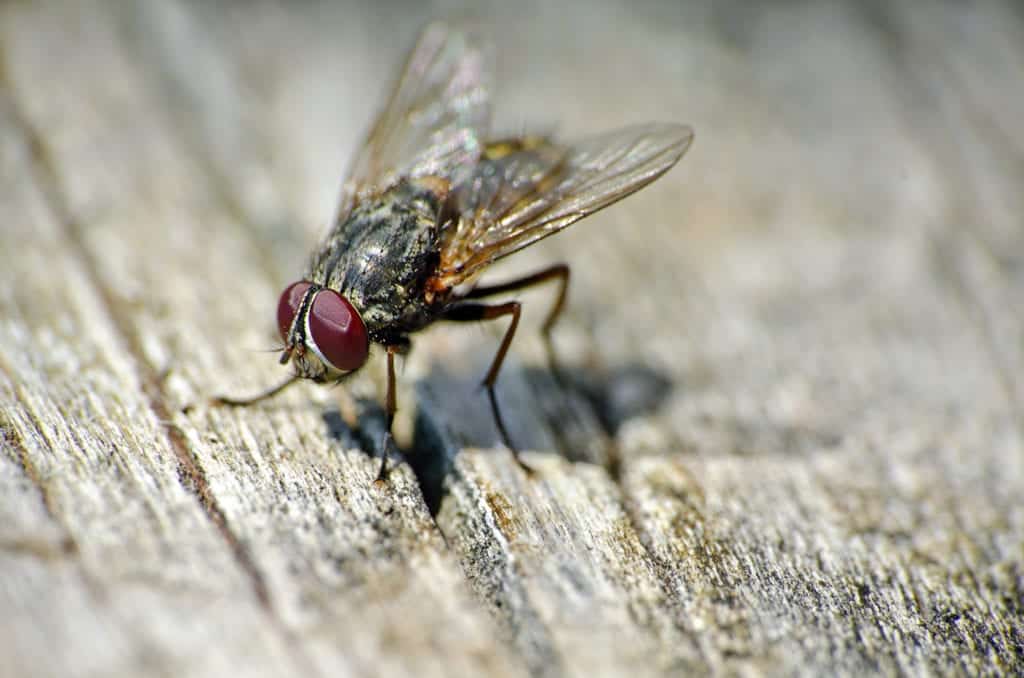
Fruit Flies
Similar to house flies, fruit flies are an extremely common pest that are attracted to your home by simple temptations. Fruit flies are far smaller than their house fly counterparts and are primarily attracted to overripe fruits and/or vegetables. Consequently, they are often found in restaurants and homes where food is left out or where garbage with rotting fruits is accessible. Just like house flies, the best way to avoid these pests is by eliminating the source of their attraction. Don’t leave overripe fruit on your countertop and make sure both your inside garbage cans and outside cans have tops to seal them. After eliminating that source, you can also make a simple homemade fruit fly trap to capture and dispose of the remaining flies. The trap consists of a jar with a bit of fruit in it at the bottom and a rolled-up bit of paper forming a tunnel with a small entry point facing the fruit. Baited in by the fruit, the flies should travel down the length of the funnel and enter the jar. But after feasting on the bait, they will find it especially difficult to locate the small hole that they entered from and will most likely remain inside the jar as their fellow flies begin to join them. 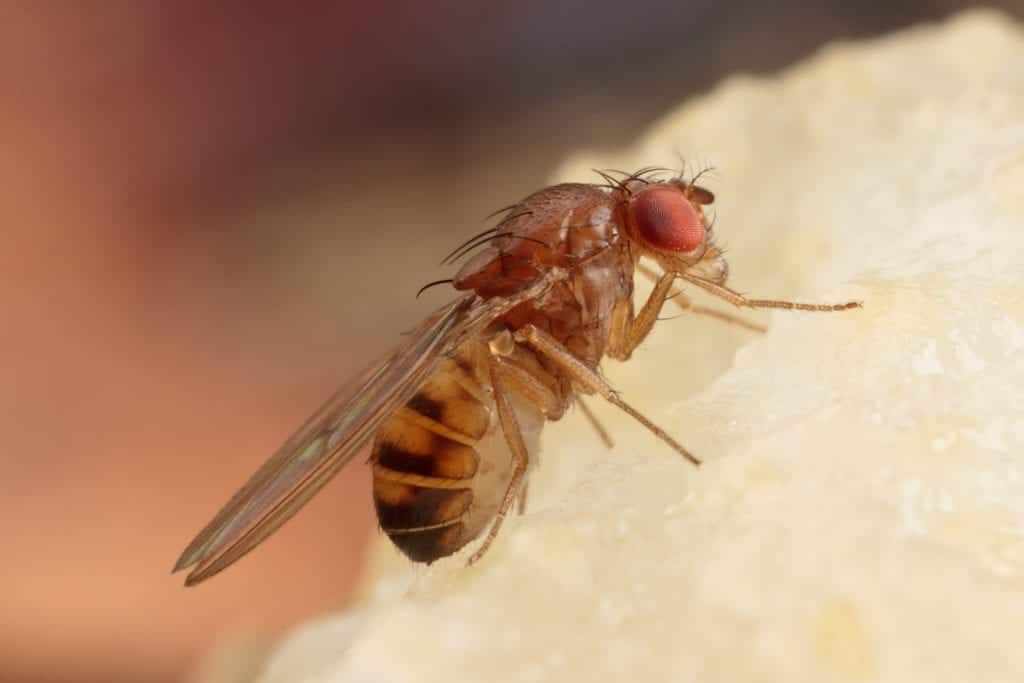
Deer Flies and Horse Flies
Both deer flies and horse flies are outdoor nuisances that tend to linger around lakes, pools, ponds and barns (to bite at livestock). Deer flies are similar to the size of house flies, but with dark bands on their wings and are often yellow-brown to black in color. These flies like to bite people and will even seek them out like mosquitos to feast on blood. Unfortunately, this also means that they are prone to passing some diseases including a bacterial disease known as tularemia (aka “rabbit fever”) that attacks your lymph nodes and lungs. 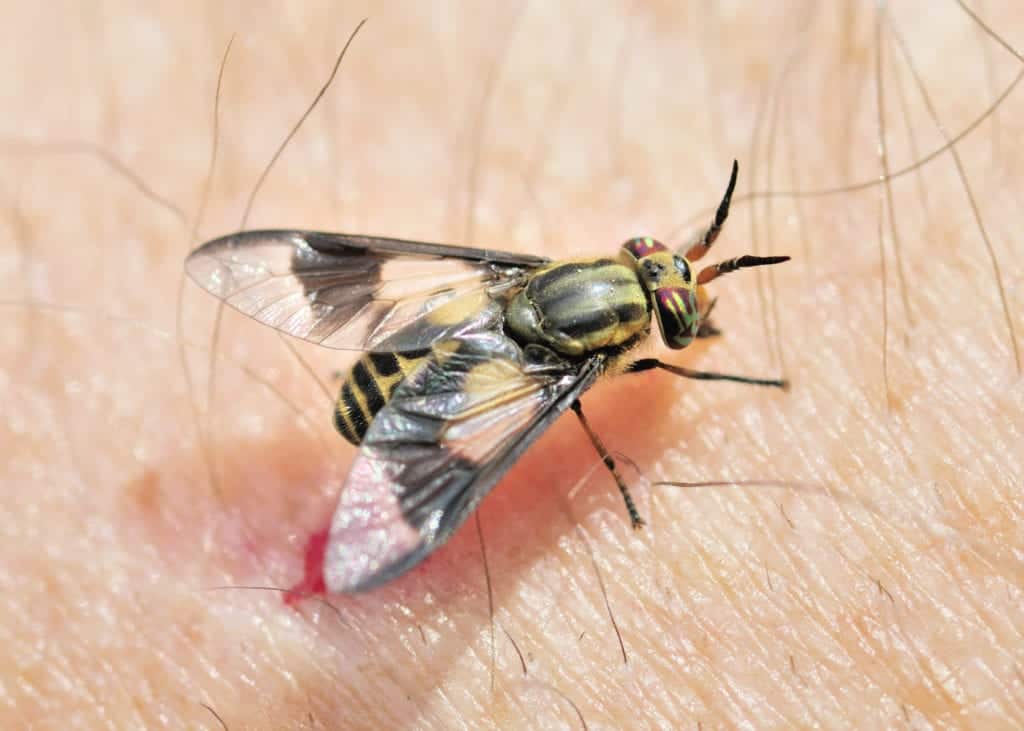
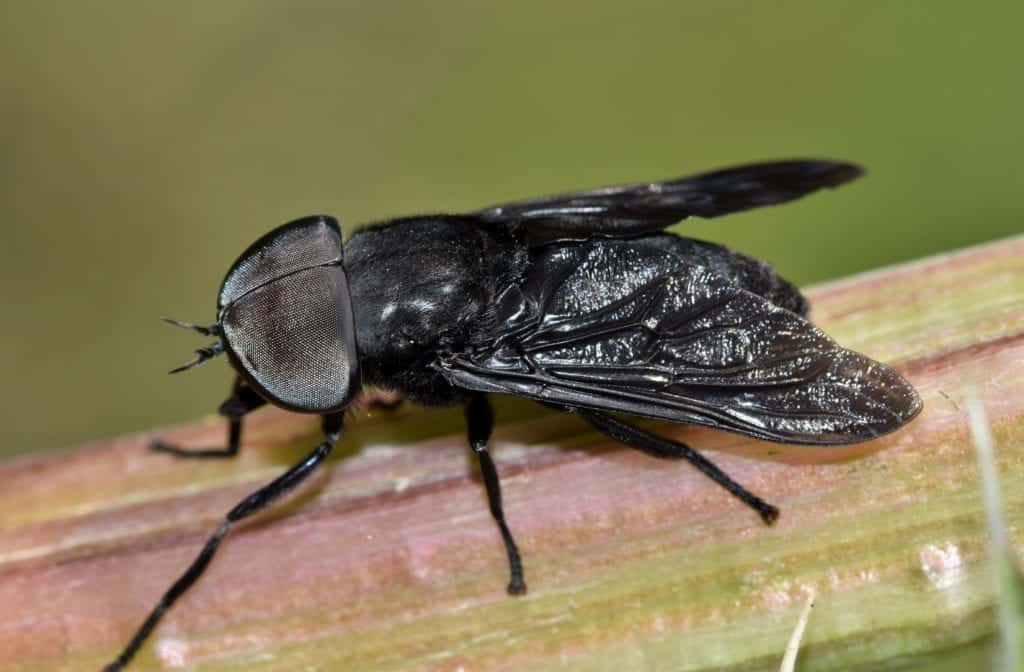
Drain Flies
Luckily, these tiny gnats are typically a temporary problem. The dark flies congregate around toilet bowls, floor drains, shower drains, sink drains, etc. This is due to the fact that the larval state of drain flies requires stagnant water to survive, which is also why they are typically found in homes following vacations. Once normal water flow resumes in the problematic drains the flies that aren’t washed away will leave, relocating to another breeding site. 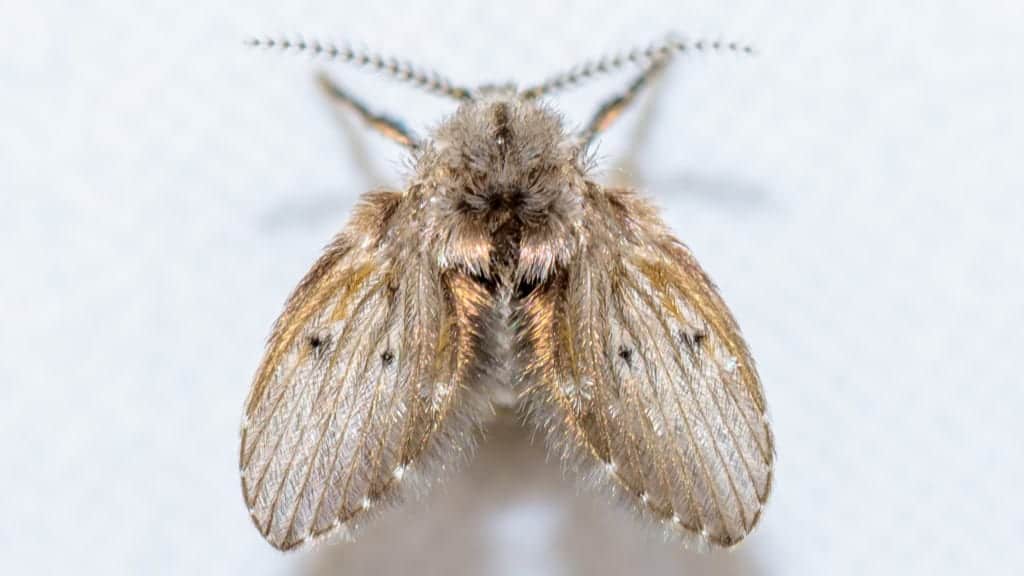
Citations
House Fly: Musca domestica Linnaeus (2017) Entomology and Nematology of University of Florida. The Florida Department of Agriculture and Consumer Services. Available at: http://entnemdept.ufl.edu/creatures/urban/flies/house_fly.HTM (Accessed: July 2020). Potter, M. (no date) Fruit Flies, Entomology at the University of Kentucky. University of Kentucky Department of Agriculture, Food, and Environment . Available at: https://entomology.ca.uky.edu/ef621 (Accessed: July 2020). Prevention and Control: Biting Flies (no date) Illinois Department of Public Health. Available at: http://www.idph.state.il.us/envhealth/pcbitingflies.htm (Accessed: July 2020). Townsend , L. (no date) Drain Flies or Moth Flies , Entomology at the University of Kentucky . University of Kentucky College of Agriculture, Food and Environment . Available at: https://entomology.ca.uky.edu/ef615 (Accessed: July 2020).
Request a Free Quote Today
(We do not share your data with anybody, and only use it for its intended purpose)


